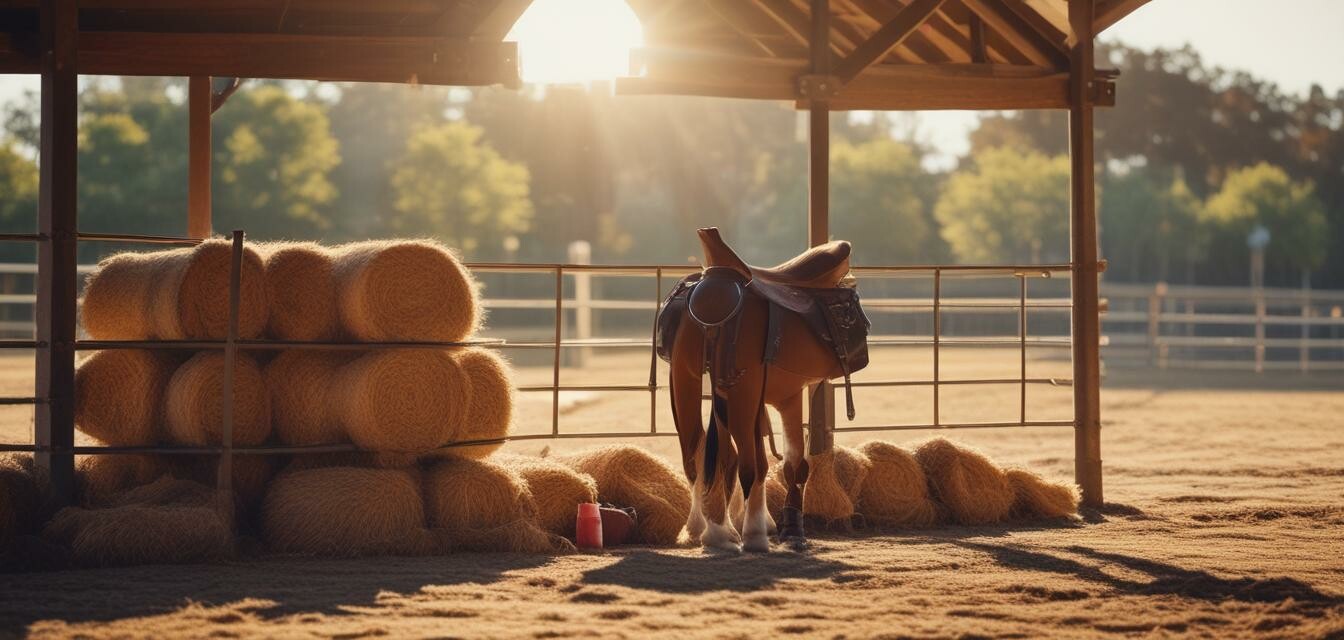
How to Teach Kids to Ride: Essential Tips
Key Takeaways
- Prioritize safety gear for kids.
- Choose the right horse for beginners.
- Maintain a patient and encouraging approach.
- Focus on building a love for riding.
- Incorporate fun activities into lessons.
Teaching kids to ride is not just about learning to sit on a horse; it is about building a relationship with these magnificent animals while ensuring their safety and developing a deep love for the equestrian lifestyle. Below, we provide some essential tips to make your teaching experience enjoyable and fruitful.
Starting with the basics
Before saddling up, ensure that kids understand the basic rules of interacting with horses. Here are some fundamental steps:
- Introduce kids to horse behavior.
- Discuss the importance of moving calmly around horses.
- Teach them basic grooming skills to create a bond with the horse.
Safety first
Prioritizing safety is crucial when teaching children. Here are the key components to consider:
| Safety Equipment | Description |
|---|---|
| Helmet | A properly fitted riding helmet is essential for preventing head injuries. |
| Boots | Sturdy riding boots with a small heel provide support and protect feet. |
| Safety Vest | A safety vest can offer additional protection, especially for younger riders. |
Choosing the right horse
The horse you select for teaching can make a significant difference in a child's learning experience. Look for:
- A calm and gentle temperament.
- Experience with novice riders.
- Size that is appropriate for the child’s height and confidence level.
Creating a fun environment
Encouraging a love for riding is essential. Here’s how to keep lessons enjoyable:
- Incorporate games like "Simon Says" to enhance riding skills.
- Allow kids to participate in the grooming and saddling process.
- Set small, achievable goals to celebrate progress.
Building traction and confidence
As children gain skills, providing positive reinforcement is essential for building their confidence:
Pros
- Builds a strong bond between the child and the horse.
- Teaches responsibility and care for animals.
- Encourages physical activity and coordination.
Cons
- Requires consistent supervision and attention.
- Potentially costly in terms of gear and lessons.
Key tips for effective teaching
Here are additional tips that can help you become an effective instructor:
| Tip | Why It's Important |
|---|---|
| Maintain patience | Children will progress at their own speed; patience encourages learning. |
| Use clear instructions | Simple, direct instructions help kids understand what to do. |
| Emphasize communication | Effective communication strengthens the rider-horse relationship. |
Conclusion
Teaching kids to ride requires a blend of patience, understanding, and enthusiasm. By focusing on safety, ensuring the right horse selection, and creating a fun learning environment, you can nurture a lifelong passion for horse riding in the young trainees you encounter. Remember, as they build confidence and skill, you're not just teaching them to ride—you're showing them a pathway to responsibility and joy in the equestrian world.
For more tips and resources, explore our Rider Tips and Advice category.
Interested in more about horse care? Check out our Horse Care Products.
